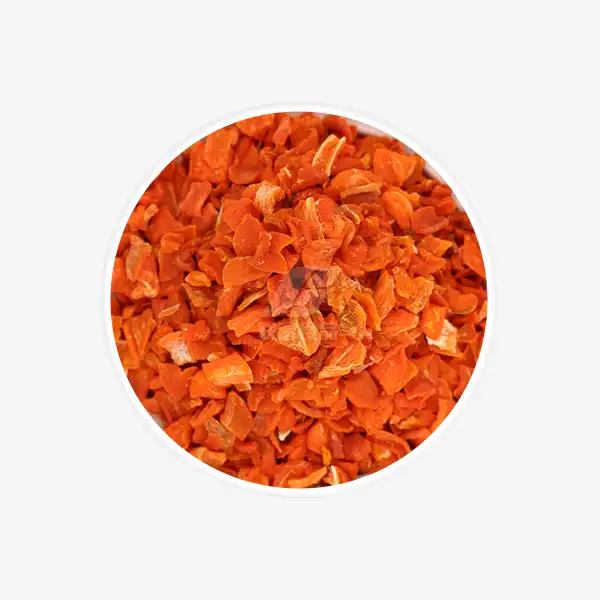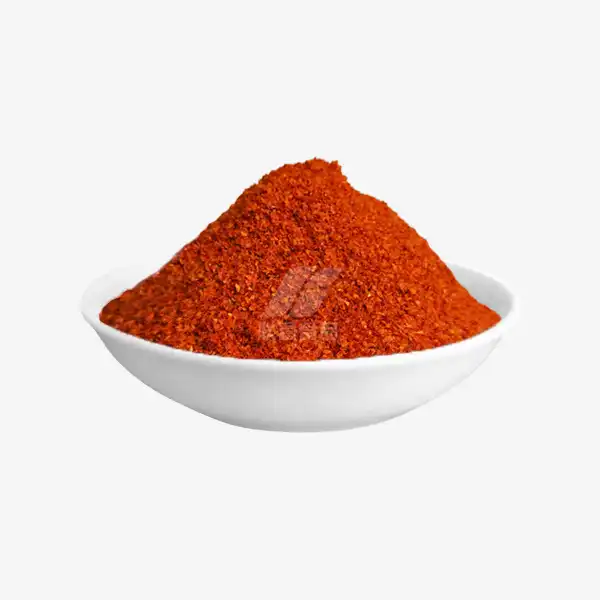Chives or Green Onions? What You Need to Know
Chives and green onions are both popular ingredients in many cuisines, but they're not interchangeable. Understanding the differences between these two alliums can elevate your cooking and help you make informed choices in the kitchen. In this comprehensive guide, we'll explore the distinctions between chives, chives dried, and green onions, with a special focus on dried chives and their unique applications.
Chives Dried vs. Fresh: Key Differences Explained
Chives, whether fresh or dried, offer a delicate onion flavor that can enhance a wide variety of dishes. However, there are notable differences between the two forms:
Flavor Intensity
Fresh chives have a bright, mild onion taste with a hint of garlic. Dried chives, on the other hand, have a more concentrated flavor. The drying process intensifies the onion notes, making dried chives particularly useful in recipes where a stronger allium presence is desired.
Texture
Fresh chives are known for their tender, grass-like texture. They add a pleasant crunch to dishes when used as a garnish. Dried chives, however, have a more papery texture. They rehydrate slightly when added to moist dishes but don't provide the same textural contrast as their fresh counterparts.
Shelf Life
One of the main advantages of dried chives, also known as chives dried, is their extended shelf life. While fresh chives typically last about a week in the refrigerator, properly stored dried chives can maintain their flavor for up to a year. This longevity makes dried chives a pantry staple for many home cooks.
Versatility
Fresh chives are often used as a finishing touch or garnish due to their delicate flavor and appealing appearance. Dried chives, being more robust, can be incorporated earlier in the cooking process. They work well in marinades, spice rubs, and long-cooking dishes where fresh chives might lose their flavor.
Nutrient Content
While both fresh and dried chives offer nutritional benefits, fresh chives generally retain more vitamins and antioxidants. However, dried chives still provide a good source of vitamins A and C, as well as minerals like calcium and iron.
When to Use Chives Dried Instead of Green Onions?
While chives and green onions (also known as scallions) are both members of the allium family, they have distinct characteristics that make them suitable for different culinary applications. Here's when you might opt for dried chives over green onions:
Long-Term Storage
If you're looking for an allium option with a longer shelf life, dried chives are the clear winner. Unlike green onions, which deteriorate quickly, dried chives can be stored for months without losing their potency.
Convenience
Dried chives offer unparalleled convenience. There's no need for washing, chopping, or worrying about spoilage. They're always ready to use, making them ideal for quick meals or when fresh ingredients are scarce.
Consistent Flavor
Green onions can vary in flavor intensity depending on their age and growing conditions. Dried chives, or chives dried, however, offer a consistent flavor profile, allowing for more precise seasoning in your recipes.
Subtle Onion Flavor
When you want just a hint of onion flavor without overpowering other ingredients, dried chives are often a better choice than green onions. Their milder taste complements delicate dishes without dominating the palate.
Dry Rubs and Spice Blends
Dried chives are an excellent addition to dry rubs and spice blends where fresh ingredients aren't suitable. They integrate well with other dried herbs and spices, creating complex flavor profiles for meats, vegetables, and more.
Baked Goods
In baked goods like savory scones or herb breads, dried chives are often preferable to green onions. They distribute more evenly throughout the dough and don't introduce excess moisture that could affect the texture of the final product.
Best Dishes to Enhance with Chives Dried
Dried chives are a versatile ingredient that can elevate a wide range of dishes. Here are some culinary creations that particularly benefit from the addition of dried chives:
Creamy Potato Soup
A sprinkle of dried chives adds a pop of color and a subtle onion flavor to creamy potato soup. The chives complement the rich, velvety texture of the soup while providing a pleasant contrast in both taste and appearance.
Herb-Crusted Salmon
Incorporate dried chives into a herb crust for salmon. Mixed with other dried herbs like dill and parsley, along with breadcrumbs, the chives create a flavorful coating that enhances the natural taste of the fish.
Savory Cheese Scones
Fold dried chives into your scone dough for a savory twist on this classic baked good. The chives pair beautifully with sharp cheddar or tangy goat cheese, creating a delightful breakfast or tea-time treat.
Homemade Ranch Dressing
Dried chives are a key ingredient in many ranch dressing recipes. They add depth to the flavor profile and complement the creamy base perfectly. This homemade version will outshine any store-bought alternative.
Chive and Onion Cream Cheese Spread
Create a flavorful spread by mixing dried chives, or chives dried, into softened cream cheese. This versatile spread works well on bagels, as a dip for vegetables, or as a filling for wraps and sandwiches.
Herb-Infused Olive Oil
Combine dried chives with other herbs like thyme and rosemary to create a flavorful infused olive oil. This can be used for dipping bread, drizzling over salads, or as a base for marinades.
Chive Butter
Mix dried chives into softened butter for a compound butter that adds instant flavor to steaks, grilled corn, or baked potatoes. The butter can be shaped into a log and sliced as needed.
Eggs Florentine
Sprinkle dried chives over Eggs Florentine for an extra layer of flavor. The chives complement the spinach and hollandaise sauce beautifully, adding a subtle onion note to this brunch favorite.
Chive and Cheddar Biscuits
Incorporate dried chives into your biscuit dough along with sharp cheddar cheese. These savory biscuits make an excellent accompaniment to soups and stews or can be enjoyed on their own.
Tuna Salad
Add a sprinkle of dried chives to your tuna salad for an extra burst of flavor. The chives complement the fish and add a pleasant visual element to the dish.
Conclusion
dried chives, also known as chives dried, offer a convenient and flavorful option for enhancing a wide variety of dishes. Their long shelf life and concentrated flavor make them a valuable addition to any kitchen pantry. Whether you're looking to add a subtle onion note to your cooking or create complex flavor profiles in your culinary creations, dried chives are up to the task. For high-quality dried chives and other dehydrated vegetables, contact Xinghua Lianfu Food Co., Ltd. at qingzhengliu@jslianfu.com.
References
1. Johnson, M. (2022). The Complete Guide to Culinary Herbs: Fresh and Dried. Culinary Press.
2. Smith, A. (2021). Alliums in the Kitchen: From Onions to Chives. Gourmet Publications.
3. Brown, L. (2023). Dried Herbs: Maximizing Flavor in Your Cooking. Seasoning Experts.
4. Chen, H. (2022). Comparing Fresh and Dried Herbs: A Nutritional Perspective. Journal of Food Science.
5. Taylor, R. (2023). The Art of Herb-Infused Cooking. Flavor Innovations Quarterly.

_1729843393550.webp)









